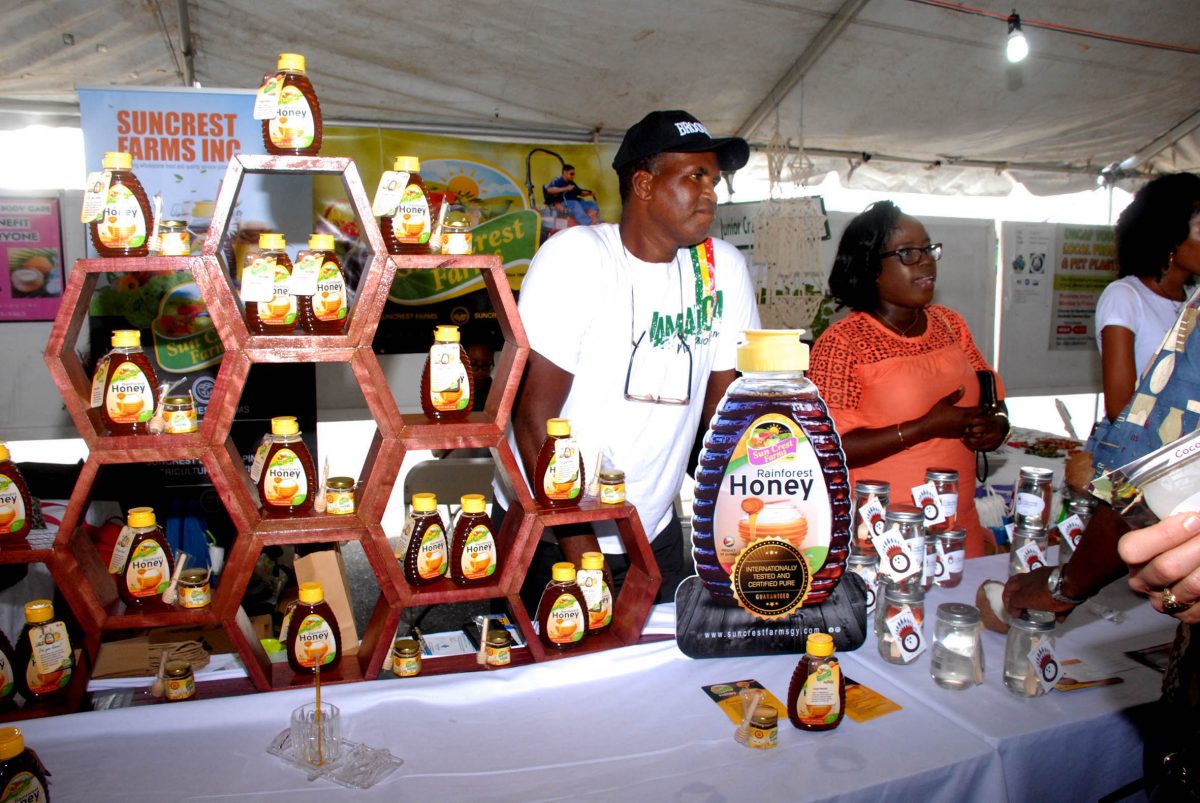As this piece is being written local business support organizations are busy probing the local content opportunities that repose in what is now the significant movement of foreign companies to Guyana in support of the expanding range of services required in the execution of the country’s long-term oil and gas recovery programme. There can be no doubt that that local private sector community sees the local content ‘opening’ as a once in a lifetime opportunity and there is a sense in which the pursuit by local business houses of ‘openings’ has become a preoccupation and that a significant portion of the private sector’s agenda is focused in that direction.
Meanwhile, the conventional small business sector is still battling with its own demons including market acceptance at home for their locally manufactured products and wider market acceptance in the Caribbean and beyond. The current discourse about the protectionist policies of Trinidad and Tobago, for example, and the impact of those on market access for products from Guyana was brought somewhat into the limelight recently by the revelation that a team of local experts had engaged their Trinidadian opposite numbers on this issue, never mind the fact that the release issued by the Ministry of Foreign Affairs after the engagement was decidedly vague on the way forward.
There can be no question that a local small business sector, agro processing, particularly, that has become key to employment generation is at a crossroads. Small scale investors have probably extended themselves as far as they can utilizing their own resources and there is, at this juncture, more than sufficient evidence, that the present arrangements for commercial bank (and other lending agencies) lending for small business growth are inadequate, the reality being that the commercial banks, particularly, are not inclined to take the level of risk necessary to expand access to funding for accelerated small business development. What is also clear is that the limited financial support which the Small Business Bureau is able to extend to small businesses is patently insufficient to facilitate any kind of sustained growth. In fact, it would be interesting to learn exactly where many of those businesses that initially benefitted from Small Business Bureau grants are today.
Even with the emergence of the Small Business Bureau (with its exalted ambitions) in 2013 small business growth has been slow. It is not that many of the traditional ‘hustlers’ in the sector have not raised their game and that new ones have not emerged. That may have happened; but still the problems persist. Take agro-processing for example, issues like raw material supplies, limited large-scale manufacturing capability, a scarcity of investment capital, limited consumer product acceptance, modest access to external markets and food standards testing issues continue to conspire to limit the growth of the sector even in circumstances where the agro-producers themselves have done a commendable job in raising their game.
A number of small producers in the agro-processing and manufacturing sectors continue to engage with the Stabroek Business, probing the possibility of attending next month’s Florida International Trade and Cultural Expo (FITCE). Here again, effective participation may be circumscribed by the customary barriers to participation in extra-regional events that include visa acquisition for participants to enter the United States, a lack of knowledge of the rules governing participation including what, in some instances, are restrictions on selling products and what, sometimes, is a thicket of food safety-related restrictions on importing agro-produce into the United States, for example. There appears to be two problems in this regard, the first being a seeming lack of sustained collaboration between producers wishing to display and sell their goods abroad and agencies like the Guyana Office for Investment where, we are told, the various rules and regulations associated with participating in overseas events are available. Contextually, the point should be made that no attempt is being made here to apportion blame for this particular shortcoming.
The second has to be with what has been, over a protracted period, the failure of producers in the agro processing and craft and creative industries to establish strong, cohesive national institutions. Somehow, differences, probably associated with competing individual creative egos, continue to arise and those, in the end, prove counterproductive in terms of making progress.
There are other constraints too. These have traditionally included:
1. Limited institutional support for serious initiatives designed to grow the small business sector;
2. A lack of financing for the creation of infrastructure (training facilities, factories etc.) that can be incubators for local small businesses;
3. Ambivalence of the private sector towards fully embracing the small business community as ‘part of its own;’
4. The absence of small business organizations (be it in the agro processing or creative industries sub-sectors) that can contribute to greater cohesiveness and to more effective forward planning.
5. Limited opportunities for product promotion and lack of adequate local and external market access.
It is generally accepted that the small and micro businesses that secured an opportunity to participate in last September’s public/private GUYTIE exercise gave a good account of themselves so that their participation therein actually led to an additional measure of exposure to markets in the Caribbean and Canada. By contrast, insofar as the ‘heavy hitters’ were concerned GUYTIE cannot be described as a success. The question therefore arises as to whether the current planning for next year’s GUYTIE event is likely to take account of the need to offer a greater opportunity for the promotion of the small business sector. They have, after all, more than earned a second opportunity. Of course, the organizers of GUYTIE 11 must begin by accepting that if the event is to be a success they need to do much more to get investors and buyers here. The outcomes of the GUYTIE 1 event were, quite simply, inadequate and this point is made in all sincerity.
Relatively recent exchanges between government officials and representatives of the GMSA dealt with, among other things, providing more financial and technical resources for the development of small businesses. Such resources include finance for small business development beyond those which are available through the Small Business Bureau and skills training and equipment and materiel acquisition that can help to enhance the quality of the products. Additionally, the requisite state and private sector entities must now do far more to create and sustain an effective lobby for external market access for goods produced by those ‘industries’ that are associated with the small business sector. Not nearly enough is being done in these areas.










